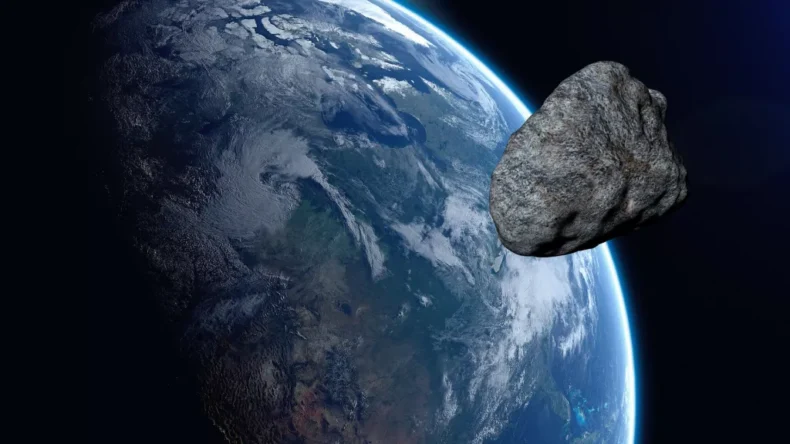An asteroid the size of three blue whales has just zoomed past Earth. But don’t worry, this space rock posed no threat to Earthlings.
At its closest approach, the asteroid missed the planet by more than 2.2 million miles (3.5 million kilometers), or almost ten times the moon-Earth distance, on Monday morning (June 6). The asteroid, known as 2021 GT2, is between 121 and 272 feet (37 to 83 meters) broad, which means that if it collides with Earth, it might wipe out a metropolis. Fortunately, space is vast, and most of these pebbles will pass us by.
2021 GT2 is speeding through space at a mind-boggling 16,000 mph (26,000 kph). It is an Aten asteroid, a kind of asteroid that orbits the sun in an orbit very similar to Earth’s. The Aten asteroids come closer to the sun than our world. But since their orbits are more elliptical, they often cross our planet’s path.
2021 GT2, found last year, circles the sun every 342 days. It is one among the 1,800 known Aten asteroids. The following “near call” between 2021 GT2 and Earth will occur in January 2034. This time, the two bodies will pass each other at a distance of 9 million miles (14.6 million kilometers), more than four times further apart than they did.
Astronomers presently have no knowledge of any massive asteroids colliding with Earth in the next century. But there are a lot of asteroids out there that astronomers haven’t found yet or don’t fully understand how they move.
An asteroid about 62 feet (19 m) broad erupted near the Russian town of Chelyabinsk in February 2013. Although the space rock passed 25 miles (40 km) away from the city, the resulting shock wave smashed over 3,600 windows and wounded 1,500 people.













